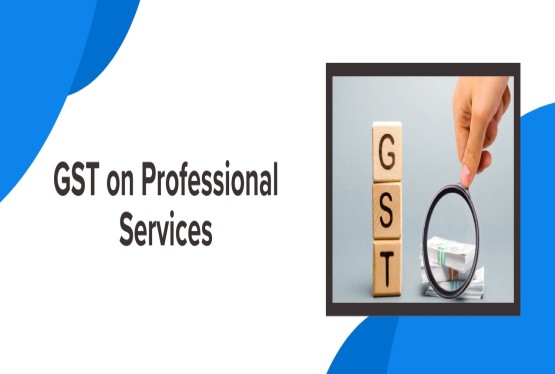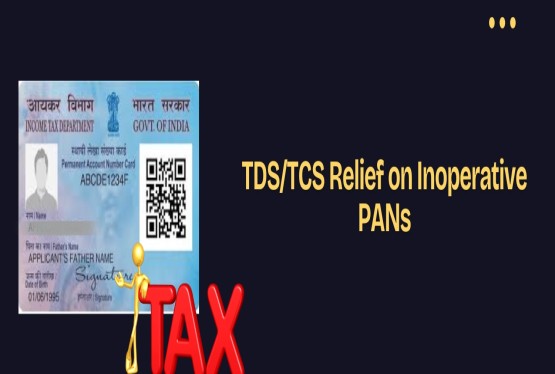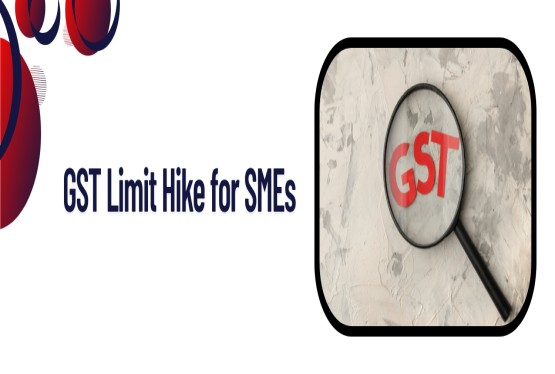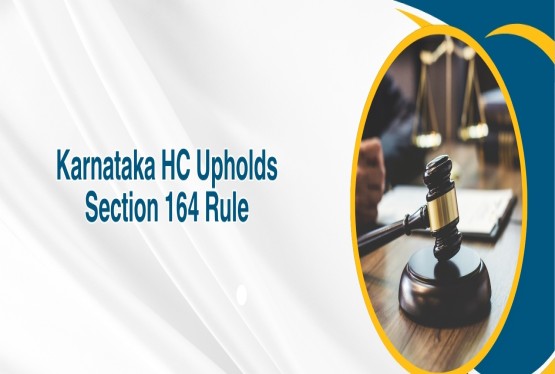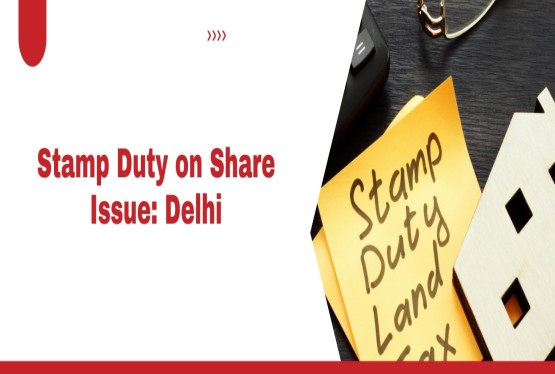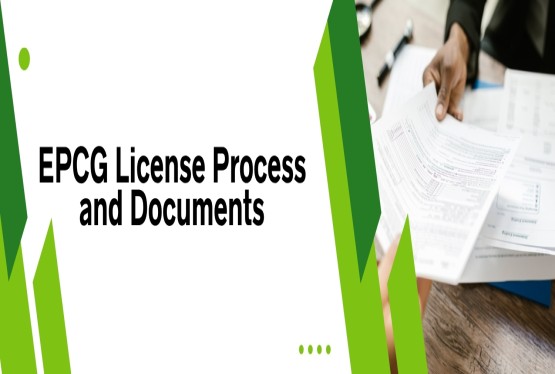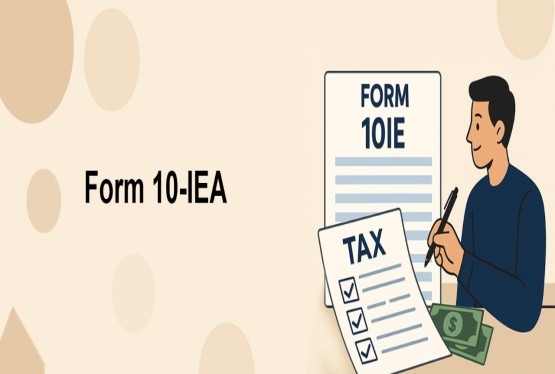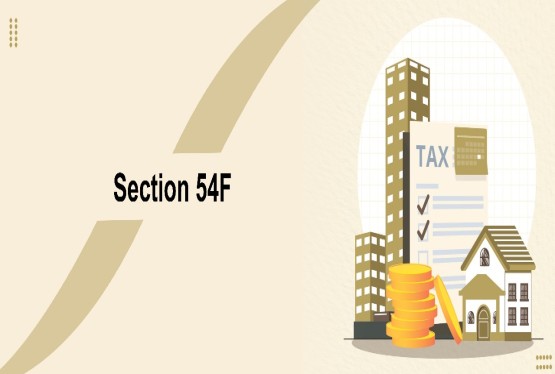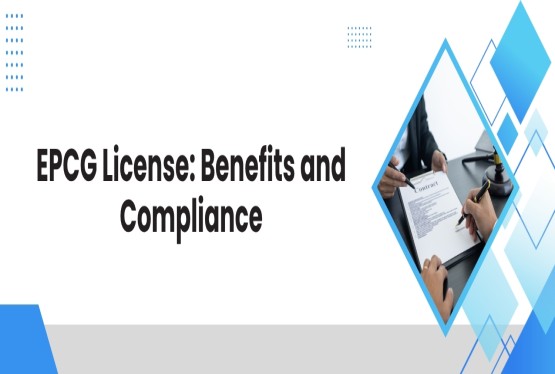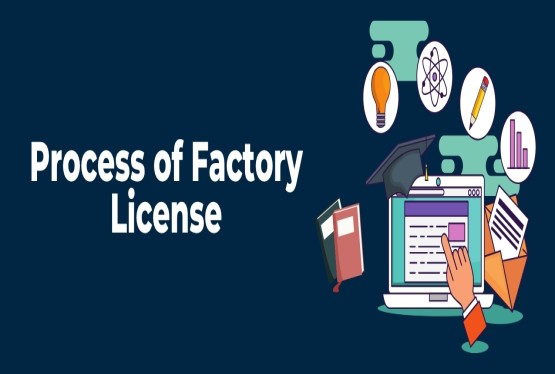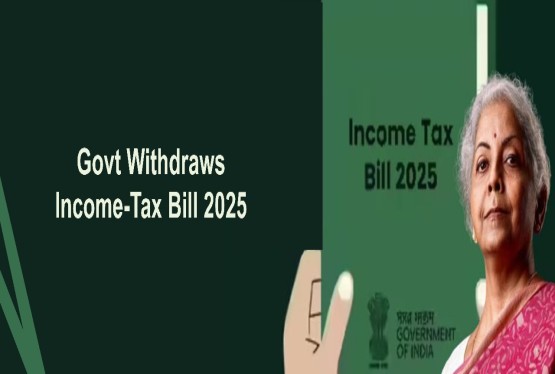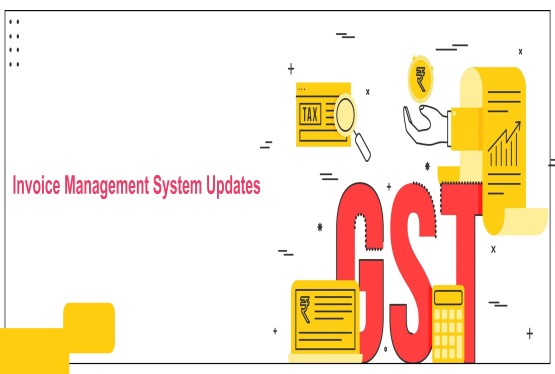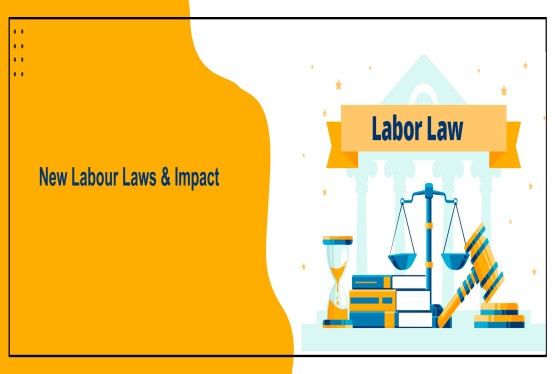The Goods and Services Tax (GST) framework in India is composed of several key components, including the Central GST Act, the State GST Act, the Integrated GST Act, as well as the GST Rules and notifications issued by the government. Gaining a complete understanding of the GST Act, 2017, and its detailed regulations is essential to grasp the legal framework governing taxation in India. Some of the key aspects of the GST framework include:
1. Supply of Goods and Services: This involves identifying taxable supplies, exemptions, and zero-rated transactions under GST.
2. Input Tax Credit (ITC) Mechanism: The Input Tax Credit mechanism involves understanding eligibility criteria, conditions for claiming input tax credit, and the rules for reversing ITC in certain circumstances.
3. Registration and Returns: It is important for businesses to comply with GST Registration requirements and ensure timely and accurate filing of GST Returns.
4. Assessment and Audit: Tax authorities conduct assessments and audits to verify compliance. Understanding the procedures followed by authorities can help businesses avoid discrepancies and issues.
GST Litigation Process
The GST litigation process in India consists of several stages, each with specific actions and timelines. Below is an overview of the key stages involved:
1. Stage 1: Assessment and Scrutiny
In this stage, tax authorities assess the GST returns and records submitted by the taxpayer. Discrepancies, if any, may be identified, and the taxpayer may receive:
-An intimation to correct minor errors.
-A draft assessment order proposing potential tax demands.
2. Stage 2: Show Cause Notice (SCN)
If substantial discrepancies are found, the taxpayer will receive a Show Cause Notice (SCN) that outlines:
-Alleged violations of GST provisions.
-Proposed tax demands, interest, and penalties.
-The time limit for responding to the SCN, typically within 30 days.
3. Stage 3: Reply to SCN
The taxpayer must submit a detailed reply in response to the SCN. This includes:
-Addressing each point raised in the SCN.
-Highlighting relevant exemptions, case laws, and precedents.
-Requesting clarifications or seeking a reduction in the proposed demands.
4. Stage 4: Appeals and Advance Rulings
If the taxpayer is dissatisfied with the outcome, they can appeal through various channels:
-Appellate Authority for Advance Rulings (AAAR): For rulings on classification, valuation, and place of supply.
-Appellate Authority (AA): For reassessment of tax demands and penalties.
-Tribunal: For further appeals against AA orders.
5. Stage 5: Judicial Forums
If the taxpayer is still unsatisfied with the decision made by the Tribunal, they may approach higher judicial forums:
-High Court: By filing writ petitions and appeals.
-Supreme Court: As the final recourse for resolving GST disputes.
Phases of GST Litigation
GST Audit & Assessment: Tax authorities audit the information provided by taxpayers, including returns and supporting records. If inconsistencies are found, show-cause notices may be issued.
-Section 73 of the CGST Act, 2017: Issued for demands under the standard period.
-Section 74 of the CGST Act, 2017: Issued for demands under the extended period.
Protest: Taxpayers can raise objections if they disagree with the audit or assessment findings.
Adjudication: If the objections are not resolved, the case is referred to the adjudicating authority for a final decision.
Appeal: Taxpayers dissatisfied with the decision can appeal to the appellate authority.
Common Issues of GST Litigation
Several recurring issues lead to GST litigation, including:
1. Differences in Classification and GST Rates: Disputes often arise over the classification of goods and services and the applicable gst rates due to the extensive list of categories and rates in the GST law.
2. Input Tax Credit (ITC) Refusal: Disagreements occur when tax authorities scrutinize ITC claims, especially due to missing paperwork, disputes over certain expenses, or discrepancies between invoices and returns.
3. Main Location of the Supply: Determining the place of supply is critical for assessing tax liability. Disputes often occur in inter-state transactions when defining the place of supply.
4. Anti-profiteering Investigations: These investigations ensure businesses pass on tax benefits to consumers. Conflicts arise when there are disagreements regarding the extent of price reductions or the compliance method used.
5. Transitional Credit: Disputes arise over the eligibility, calculation, and usage of transitional credit, particularly for taxes paid under the old indirect tax system.
6. Mismatch Between GSTR-2A/2B and GSTR-3B for ITC Claims: Legal disputes arise when discrepancies exist between these returns, often due to differences in claimed ITC amounts.
7. E-way Bill Issues: Discrepancies or omissions in e-way bills can lead to disputes, requiring taxpayers to defend the accuracy of the e-way bill details.
8. GST Refunds: Strict guidelines and changing regulations can lead to disputes over GST refunds, especially when claims are delayed or rejected.
9. Cross Charge Process and ISD Mechanism: Conflicts arise over which expenses are eligible for ITC distribution under the cross-charge mechanism and the Input Service Distributor (ISD) mechanism.
10. Category Confusion Over Intermediary Services: Disputes occur when determining whether a service qualifies as an intermediary service or belongs to another category, affecting tax rates and compliance.
Strategies for Effective GST Litigation
To effectively navigate GST litigation, taxpayers should consider the following strategies:
1. Maintain Comprehensive Records: It is important to keep detailed records of all transactions, invoices, and supporting documents to ensure accuracy and credibility during the litigation process.
2. Seek Professional Guidance: Consulting with qualified tax professionals with experience in GST litigation can help taxpayers better understand complex legal matters and present stronger cases.
3. Respond Promptly and Diligently: Adhering to timelines and submitting well-drafted replies to notices is essential to avoid penalties and further disputes.
4. Utilize Alternative Dispute Resolution (ADR): Exploring mediation or conciliation options can lead to faster resolutions, minimizing the time and resources spent on litigation.
5. Stay Updated: Taxpayers should stay informed about changes in case laws, amendments, and judicial pronouncements to ensure compliance and stay ahead of potential challenges.
By following these strategies, taxpayers can effectively manage GST litigation and resolve disputes in a timely manner.
GST Dispute Resolution and the Need for a GST Tribunal
Due to the absence of a dedicated GST tribunal, many disputes are escalated to high courts, which can complicate the resolution process. To address these challenges, the government may consider amnesty schemes, similar to the Sabka Vishwas Legacy Dispute Resolution Scheme (SVLDRS) under the previous indirect tax regime. These schemes could benefit both tax authorities and taxpayers, providing a streamlined path to resolve ongoing disputes and improve tax collection.
Conclusion
GST litigation in India is a complex and dynamic process. Disputes often arise from issues such as retrospective changes in the GST Act, conflicting orders, misunderstandings of the law, and compliance errors. These disputes typically progress through phases of audit, assessment, protest, adjudication, and appeal. Common sources of contention include classification and GST rates, ITC denials, place of supply determinations, anti-profiteering investigations, transitional credit issues, mismatched returns, e-way bill problems, GST refund disputes, cross-charge mechanisms, and service categorization.
Given the absence of a dedicated GST tribunal, many disputes are taken to high courts, which can further complicate the resolution process. To mitigate the risk of litigation, businesses should prioritize full compliance, maintain accurate records, and seek expert guidance. Staying informed and proactive about GST obligations is crucial as the system continues to evolve, and litigation challenges are expected to increase.
FAQs
Q1: What are the time limits for filing an appeal under GST?
A: The time limits for filing appeals depend on the type of dispute. It is important to consult a legal expert to understand the specific deadlines relevant to your case.
Q2: Is it required to pursue Alternative Dispute Resolution (ADR) before going to court?
A: Although not always mandatory, certain authorities may suggest or encourage the use of ADR before resorting to formal litigation. Our legal team can help you determine if ADR is necessary for your situation.
Q3: What benefits does Alternative Dispute Resolution (ADR) offer in GST disputes?
A: ADR methods can be quicker, more cost-effective, and more private than traditional litigation. They also provide an opportunity for a mutually agreed resolution, which may be more favorable than a court's judgment.








_crop10_thumb.jpg)

















































































_for_FY_2025-26_crop10_thumb.jpg)



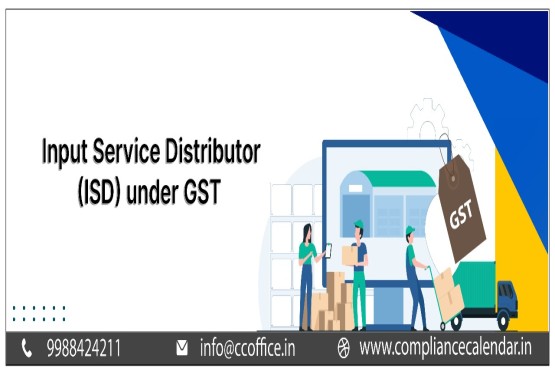








_learn_crop10_thumb.jpg)








_Filing_Due_Dates_for_FY_2024-25_learn_crop10_thumb.jpeg)
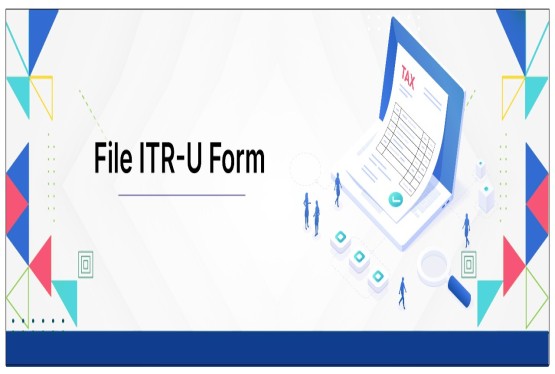

























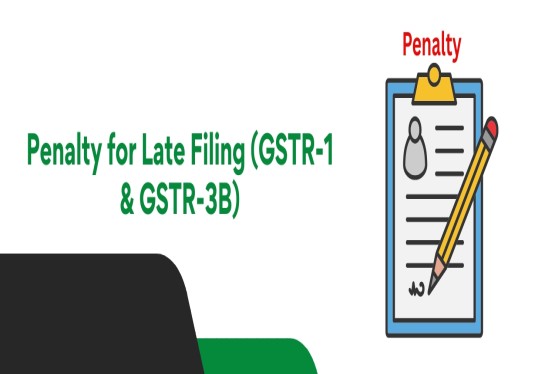












_of_GST_Act_learn_crop10_thumb.jpg)










_Under_GST_learn_crop10_thumb.jpg)









_crop10_thumb.jpg)


_crop10_thumb.jpg)






_learn_crop10_thumb.jpg)






















_of_the_Income_Tax_Act_learn_crop10_thumb.jpg)



_learn_crop10_thumb.jpg)
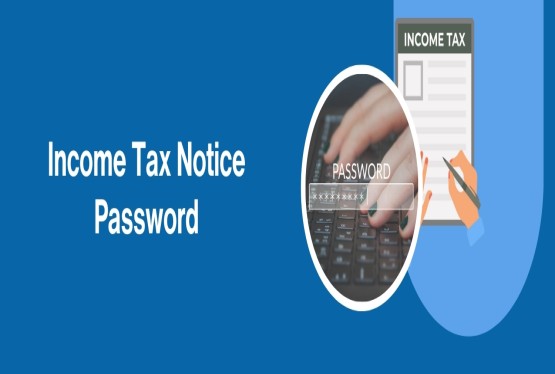





_learn_crop10_thumb.jpg)






_crop10_thumb.jpg)




















_in_The_Income_Tax_Act,_1961_learn_crop10_thumb.jpg)



_learn_crop10_thumb.jpg)



_of_the_Income_Tax_Act_learn_crop10_thumb.jpg)


_Of_Income_Tax_Act_learn_crop10_thumb.jpg)








_learn_crop10_thumb.jpg)








_learn_crop10_thumb.jpg)
_crop10_thumb.jpg)






















_learn_crop10_thumb.jpg)
_for_Import_and_Export_learn_crop10_thumb.jpg)










